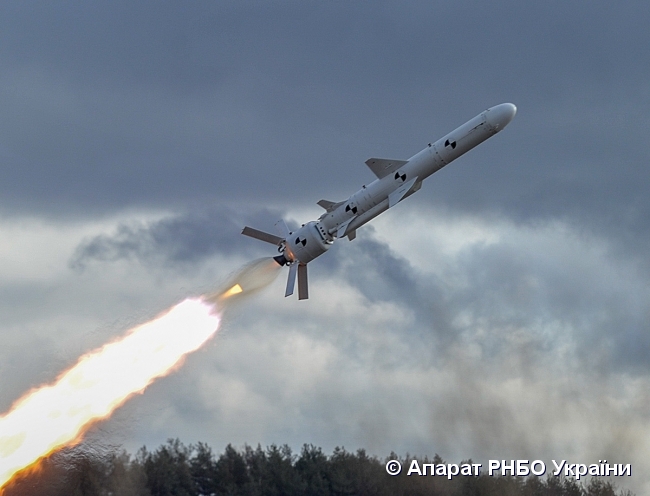
North Korea tested its analog of the Neptune missile, the Padasuri-6 anti-ship missile
North Korea has test-fired the Padasuri-6 anti-ship missile, which structurally resembles the Soviet X-35 family of missiles.
This was reported by the official media of the North Korean Republic.
On February 14, North Korea fired several cruise missiles off the eastern coast of the East Sea. The event was held in the presence of the country’s leader Kim Jong-un.
“Secretary General, Chairman of the DPRK State Affairs, dear comrade Kim Jong-un, in the morning of February 14, led the test launch of a new type of Padasuri-6 surface-to-sea missiles that will be put into service with the Navy,” the statement said.

The launched cruise missile reportedly flew for about 1,400 seconds over the East Sea before successfully hitting its target.
The DPRK does not publish details about the new missile. However, taking into account the design and appearance, it is a further development of the Kumsong-3 missile shown for the first time, which in turn is a copy of the Soviet X-35.

The Padasuri-6 cruise missile, presented on February 14, received a new launcher on an armored tracked chassis designed for 8 transport and launch containers.
Given the flight time and the likely range of 200+ kilometers, it can be assumed that the missile is a copy of the late Soviet X-35U.
It is possible that the Padasuri-6 could also receive a longer range, a better guidance system or a warhead during the modernization.
The original Kh-35U missile has a range of 250 km (500 km in the most modern Russian version of the Kh-35UE) and carries a 150 kg penetrating warhead.
The missile is equipped with a turbojet engine that runs on kerosene, thanks to which it is capable of reaching speeds of 900-1000 km/h on the marching distance.

The missile is equipped with an active radar GNSS and an inertial system with satellite signal correction for targeting. Thanks to its integrated radio altimeter, it is capable of flying at ultra-low altitudes to evade enemy air defense systems.

